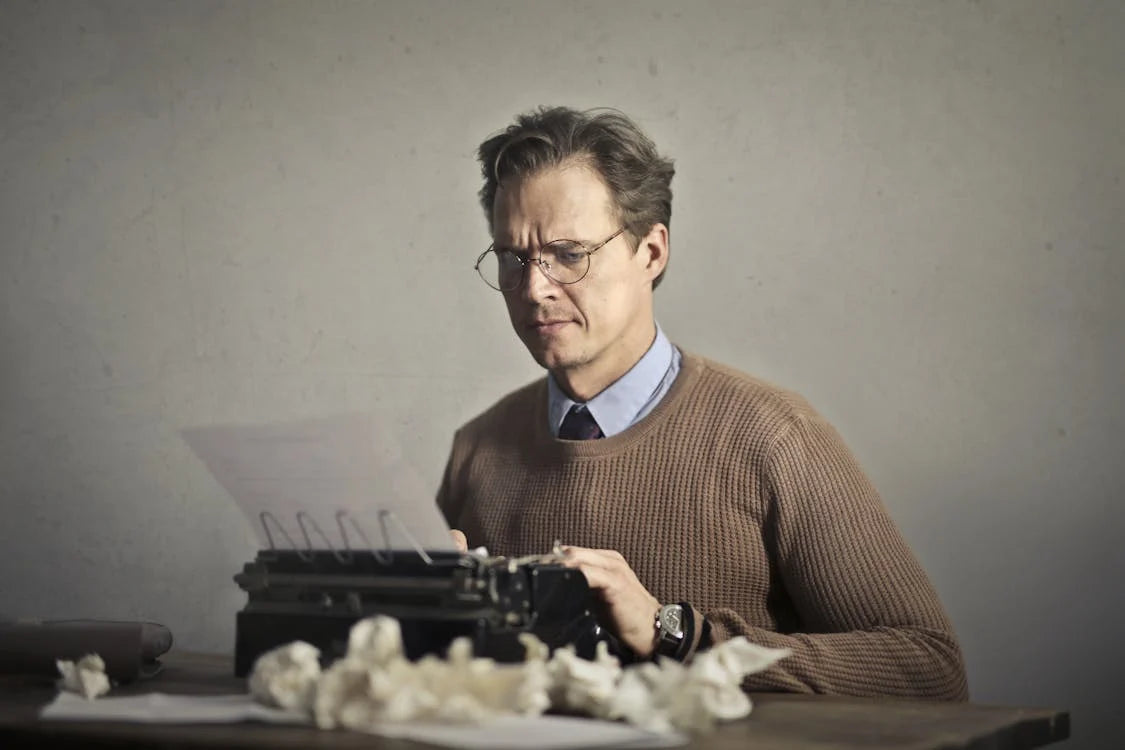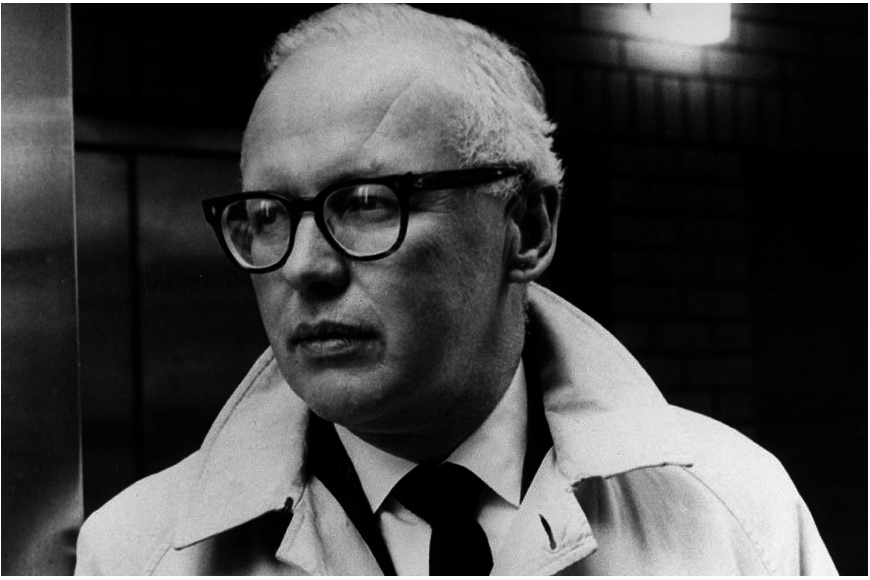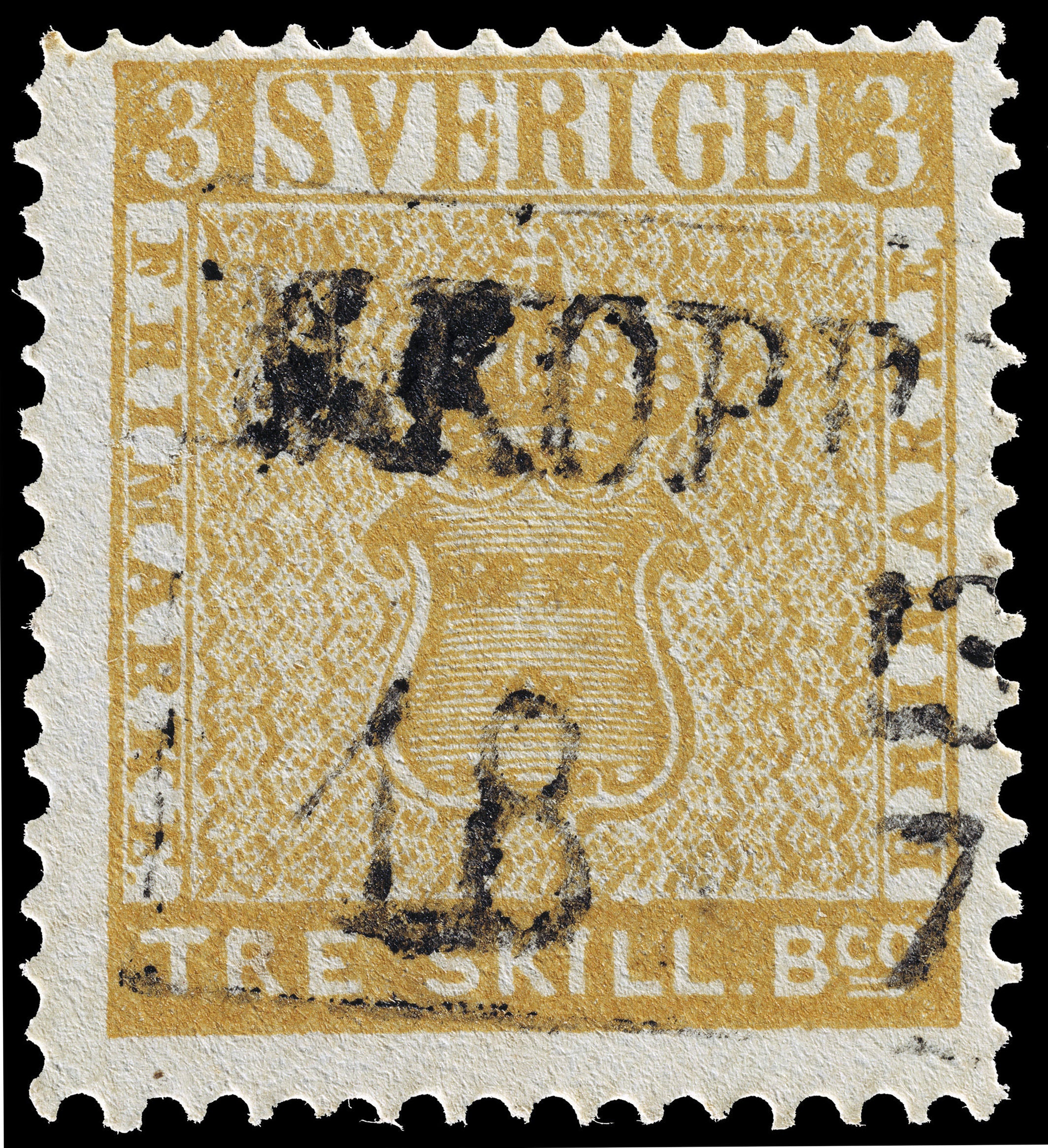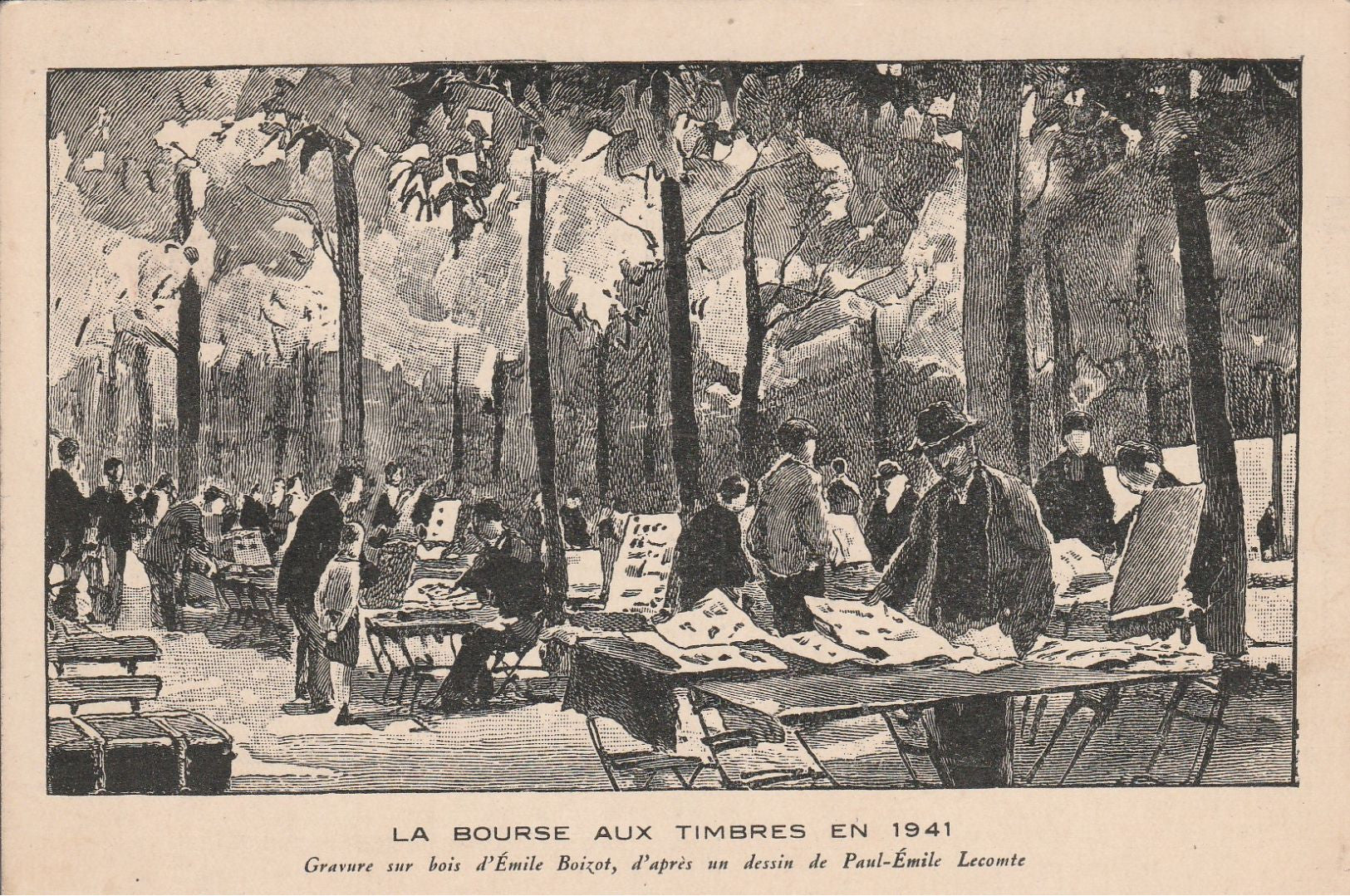Collectibles are a great focus for fiction writers.
A collectible can be valuable enough that someone might do something terrible to get their hands on it (our readers excepted of course).
Plus, they add extra interest and bring another dimension to your story.
Rare stamps and coins usually have wonderfully involving histories.
Most other collectibles carry personal stories, legends and memories of great historic events.
Then there’s forgery to think of.
Even if a collectible doesn’t bring its own narrative weight into a movie or book it can be a great MacGuffin. That’s what the greatest on-screen storyteller, Alfred Hitchcock, called an otherwise inconsequential driving force to a plot.
Who cares what’s in the secret plans everyone is trying to get their hands on, the story is in the chase to get them.

Need something to be stolen? What about a stamp?
Stamps and coins work so well in this role.
They're small, very portable stores of enormous value - value that can be easily overlooked: would you spot a Plate 11 Penny Black at first glance?
That’s why so many great creators have room for collectibles in their stories.
Here are 3 examples that we like, in part 1 of a continuing series.
(Spoiler alert on this post for mystery fans.)
Perhaps you can tell us your favourites and let us know any you love at the bottom of the post, maybe we’ll cover them in this series.
The Brasher doubloon in The High Window by Raymond Chandler

One of the first US coins is worth a fortune today.
A Brasher Doubloon is a very real rare coin, and it was the motivating force for Raymond Chandler’s 1942 novel (subsequently filmed twice) The High Window.
Philip Marlowe, perhaps the ultimate fictional PI, is hired to find a supposedly stolen Brasher Duobloon.
In true MacGuffin style though, the coin is the least of it.
Marlowe finds himself involved in an extremely sordid case of blackmail and corruption.
The messy, confusing plot is trademark Chandler. He once had to tell the director of a film made from one of his books that he had no idea who had committed one of the murders in the tale.
In the High Window the coins (there's a forgery too) drift in and out of focus. Finally, the coin matters much less than the messed-up world of Marlowe's employer.
Chandler seemed to know his stuff though.
Coin dealer Elisha Morningstar, who is murdered after meeting Marlowe, describes the process of making the famous coin to him:
"The two halves of the mold were engraved in steel, in intaglio, of course. These halves were then mounted in lead. Gold blanks were pressed between them in a coin press. Then the edges were trimmed for weight and smoothed. The coin was not milled. There were no milling machines in 1787."

Murder will follow Marlowe's visit (played here by George Montgomery) to Elisha Morningstar's coin dealership.
And he picked a good MacGuffin. The Brasher Doubloon is exactly the sort of coin one might get desperate over, or use dental moulds to forge.
They were first made from 1787 by Ephraim Brasher in New York. Only a few were manufactured by one of the most skilled makers of his time.
These days you will need millions of dollars to get the best Brasher Doubloons.
It has twice been a world record holder, selling for a US-minted coin record $7.2 million after 2011. The record was broken by the $9.36 million paid at auction in 2021 for another coin.
In the High Window the forgers turn to dentistry:
"Skip that. Don't you know what they use that dental stuff for?"
"Yeah. I found out. They use albastone for making molds of teeth and cavities. It's very hard, very fine grain and retains any amount of fine detail. The other stuff, crystobolite, is used to cook out the wax in an invested wax model. It's used because it stands a great deal of heat without distortion. Tell me you don't know what I'm talking about."
"I guess you know how they make gold inlays," Eddie Prue said. "I guess you do, huh?"
The stamp collection in The Scarlet Ruse by John D MacDonald

Not the typical cover for a stamp-collecting book.
John D MacDonald was himself a serious stamp collector.
Like most of us he started out in childhood. Then, in the late 1960s, with spare cash from a successful writing career and Hollywood adaptations, he spotted a newspaper article on investment philately.
He later told a journalist of the exhaustive research he put into finding out how to play the market successfully.
As a result, he told Helmuth Conrad of the Chicago Tribune, that he assembled a very successful stamp collection.
His research went from reference books to the latest stamp magazines, from a decade’s worth of auction catalogues to interviews with dealers.
The result, good profits on sales from his collection of “fine to extremely fine copies of classics issued by the United States, New Zealand, Newfoundland, and Barbados.”
He told Conrad: ““On some items, such as a superb, never hinged block of U.S. Scott 40, I expected to receive, after auction commission, about 175 per cent of the purchase price. I would doubtless do better if I kept the items longer."
The research also produced a novel.

John D MacDonald is considered one of the greatest noir/hardboiled writers of them all. And he loved stamps.
The Scarlet Ruse is one of around 400 stories MacDonald wrote.
Featuring Travis McGee, his most popular returning character, is not considered one of his best, but it is a must for stamp collectors I think.
MacDonald is a giant of American crime and mystery writing. His novel The Executioners was twice filmed, both times as Cape Fear, in two classic movies.
In The Scarlet Ruse, a $400,000 collection of stamps owned by a mob guy is heisted and replaced with a worthless book of stamps. McGee must get it back.
Researching and writing the novel reportedly rekindled MacDonald’s love of stamp collecting, which he continued after selling off some of his investment buys.
"There was a dusty display window, with a steel grill padlocked across it. Gold leaf, peeling, on plate glass, said ornately “FEDDERMAN STAMP AND COIN COMPANY.” Below that was printed “RARITIES.”
The stamps in Charade

Audrey Hepburn on the hunt for... what? She's not sure.
A nice description of Charade, a classic caper film glowing with the star power of Cary Grant and Audrey Hepburn, described the stamps in it as an “anti-MacGuffin”.
That’s because they are the thing that everyone is looking for. But nobody knows they are looking for them because they don’t know their value. Instead of being nothing, the details of their identity are everything.
Those important stamps are closely modelled on real rare stamps: the Treskilling yellow from Sweden, a Hawaian 2c blue, and a Moldavian bullshead.
For some reason, the filmmakers knocked up near lookalikes, that conveniently come to a total value of $250,000.
That was a lot of money in 1963, when Charade came out, but probably less than the real value of the stamps.
They are all real collector’s favourites though, most philatelists will nod with recognition as they come up on film.
The Treskilling yellow is a rare probably unique stamp, the result of a colour error in Sweden’s first set of stamps.
The Hawaiian Missionaries is a very well known US rarity (that also features in a real life murder case in France in 1892). There are believed to be around 15 surviving copies.
The Moldavian bullshead was the first Romanian stamp, issued in 1858. It has been extensively forged, and the best examples today may go for over $100,000.

This is what Audrey's looking for!
The film relies on nobody knowing what they are.
When Audrey Hepburn’s husband is murdered a can of worms is opened. Inside is the theft of $250,000 meant to be conveyed to the French Resistance. But where is it?
With some memorable villains on their trail, Hepburn and Cary Grant realise that the cash is sitting on the front of an envelope as they walk through Paris’ famous stamp market, Carré Marigny.

Paris' stamp market is known for its licensed and illicit stamp dealers.
Rare stamps and coins
Stamps, coins and other collectibles fascinate us and always will.
What are your famous fictional collectibles?
Let us know through our contact page.
And, you can of course look for your own MacGuffins in our rare stamp store and among our rare coin collection.






